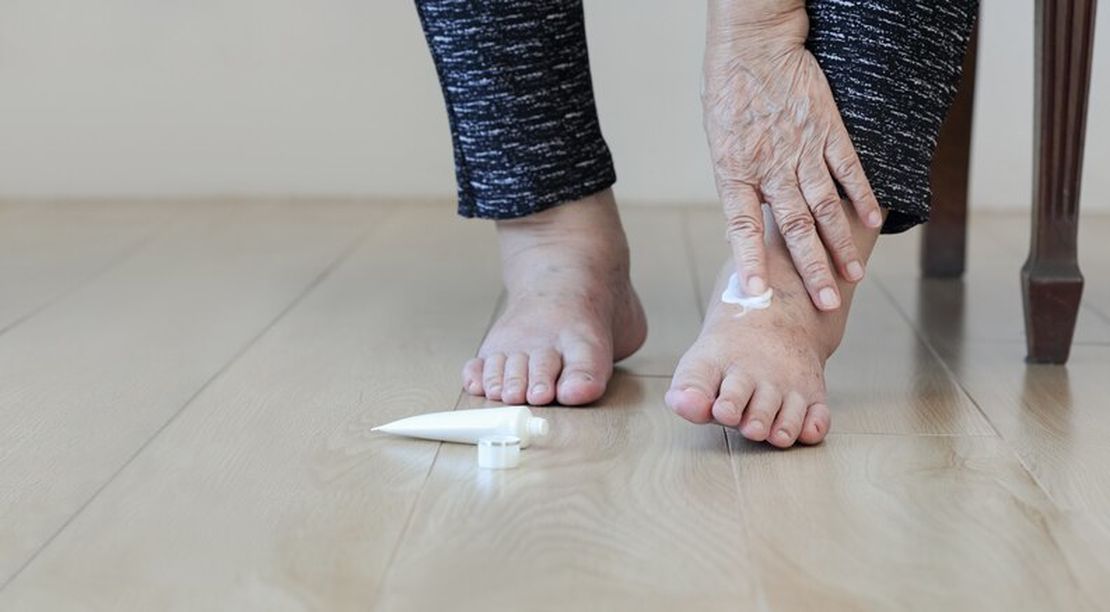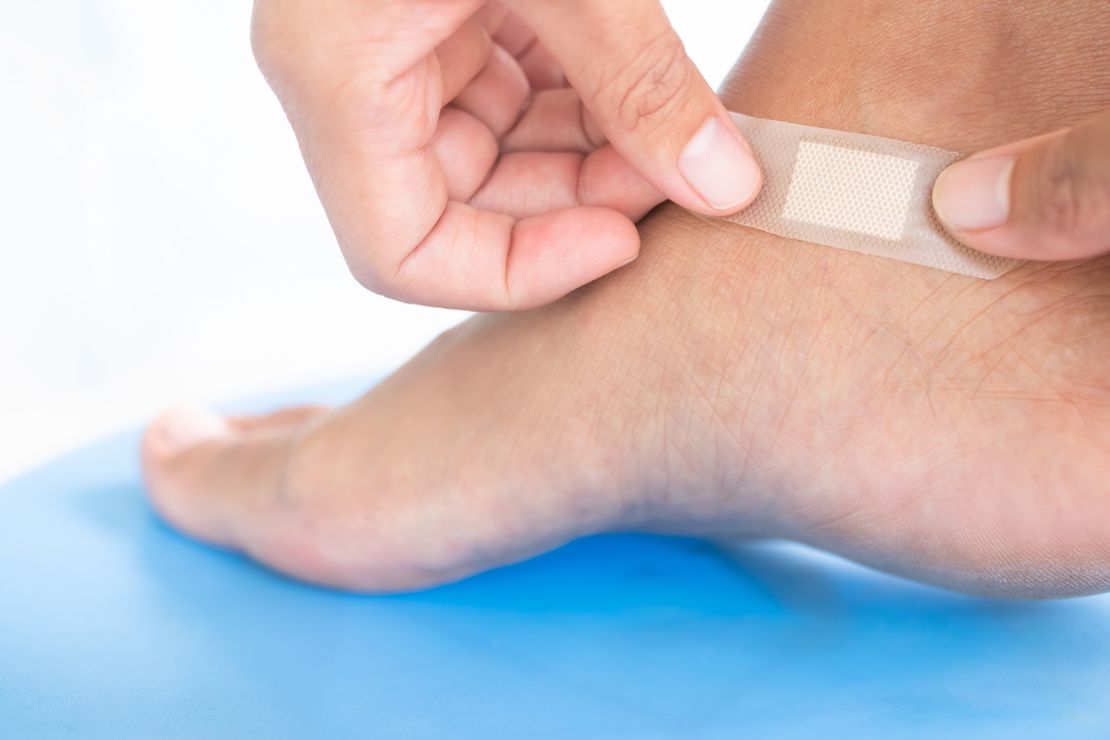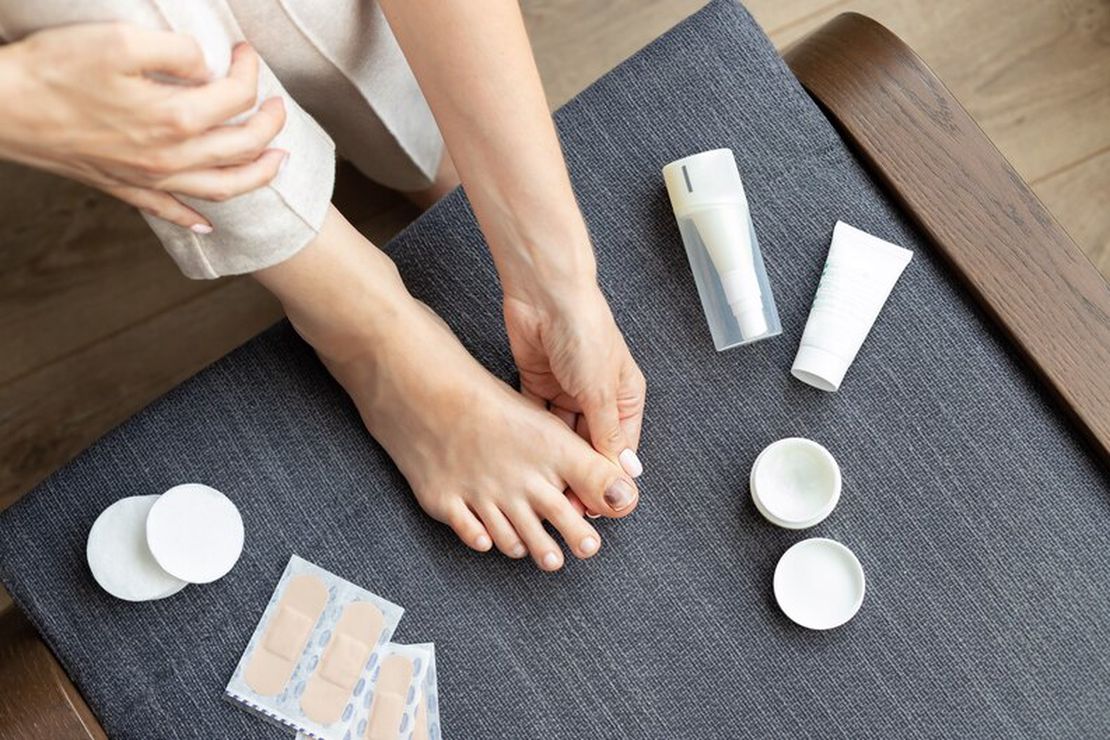Taking wound culture samples in patients with diabetic foot wounds is a critical step for accurate diagnosis and treatment. In this article, we will provide detailed information about when wound culture samples should be taken, how they should be taken, and why this process is important.
You can read our article What Happens When Diabetes Affects the Feet? to get basic information about diabetic foot.
Wound Culture in Diabetic Foot: Key to Accurate Diagnosis and Treatment
Diabetes continues to be an increasing public health problem worldwide. Diabetic foot is of great importance especially for patients seeking diabetic foot treatment in Istanbul. Diabetic foot wounds, which are frequently seen in diabetic patients and can lead to serious complications, are an example that emphasizes the seriousness of this disease. Diabetic foot wounds occur as a result of vascular and nerve damage caused by high blood sugar levels, which reduces the skin’s resistance to injuries. Infection of these wounds can negatively affect the healing process and lead to serious consequences. Therefore, taking wound culture samples in patients with diabetic foot wounds is a vital step in determining the appropriate treatment approach. Among diabetic foot symptoms are redness, swelling, delayed wound healing and signs of infection.
In patients with diabetic foot wounds, the risk of infection is higher due to weakened immune system and circulatory disorders. Therefore, taking wound culture samples is important not only for detecting existing infection, but also for preventing future complications. Correct samples taken in the early period play a critical role in the success of the treatment process.
What is a Wound Culture Sample and Why is it Important?
A wound culture sample is a laboratory test performed to determine the types of bacteria or fungi present in a wound and their sensitivities. This test helps identify the type of infection and guide treatment options. Diabetic foot wounds carry a risk of infection due to poor circulation and loss of sensation caused by vascular and nerve damage. Therefore, determining whether wounds are infected plays a critical role in protecting the patient’s health. Especially in diabetic foot treatment centers in Istanbul, taking wound culture samples is indispensable for the correct treatment plan.
Benefits of wound culture:
- Determines the type of infection
- Ensures correct antibiotic selection
- Prevents unnecessary antibiotic use
- Shortens treatment time
- Prevents antibiotic resistance
You can read our article Osteomyelitis (Bone Infection) for more information about diabetic foot infections.
When Should Wound Culture Samples Be Taken?
Situations where wound culture samples should be taken:
- If there are signs of infection (redness, swelling, pain, heat increase)
- If there is delayed wound healing
- Before starting antibiotic treatment
- If there is no response to treatment
- If there are signs of systemic infection
Signs of infection:
- Redness and swelling
- Pain and tenderness
- Heat increase
- Discharge or pus
- Bad odor
- Fever and weakness
Steps for Taking Wound Culture Samples
1. Wound Cleaning
The first step is cleaning the wound. Dead tissue, scabs or discharge on the wound are gently removed with a clean sterile solution or saline. This step is very important in patients with diabetic foot wounds to prevent the spread of infection.
2. Environment Cleaning
The area around the wound is also cleaned and disinfected. This step is done to prevent microorganisms around the wound from affecting the sample.
3. Sample Collection Methods
Deep Tissue Sample with Curettage:
- In a cleaned and dead tissue cleaned wound
- Sample is taken from the wound base with dermal curette or sterile scalpel
- It is the most reliable method
Deep Tissue Sample with Biopsy:
- Wound cleaning and debridement is done before biopsy
- Live tissue at the wound base is sampled with a “punch” biopsy instrument
- Sent to laboratory
Aspiration Method:
- Preferred in wounds with abscess discharge
- Sample is taken with sterile syringe
4. Correct and Hygienic Process
Wound culture sample collection should be performed in a sterile environment with appropriate hygienic measures. Medical equipment and gloves should be used to minimize infection risk. These steps aim to obtain correct results and protect the patient’s health. Hygiene and correct sampling in diabetic foot treatment accelerates the healing process.
You can visit our treatment methods page for more detailed information about diabetic foot treatment.
Practical Recommendations and Common Mistakes
Correct approaches:
- Superficial swab samples can generally be misleading; deep tissue samples should be preferred if possible
- Taking samples before starting antibiotic treatment is important to achieve correct results
- Sterile techniques should be fully followed during sample collection
- Empirical (general) antibiotic treatment can be started until wound culture results come out, but treatment should be updated according to results
Common mistakes:
- Taking superficial samples
- Taking samples after starting antibiotics
- Using non-sterile techniques
- Not taking sufficient samples
Diabetic Foot Symptoms and Conclusion
Diabetic foot wounds carry a risk of infection, so determining the treatment approach is of vital importance. Among diabetic foot symptoms are findings such as redness, swelling, inflammation and delayed wound healing. Taking wound culture samples helps in selecting correct treatment options. In case of infection signs such as redness, swelling, inflammation and delayed wound healing, it is important to contact your doctor and request wound culture sampling when necessary. In diabetic foot treatment centers in Istanbul, these processes are carried out professionally to protect patients’ health and support the healing process.
You can read our article Buerger’s Disease and Wound Care for more information about wound care and protection methods.
Frequently Asked Questions
When should wound culture samples be taken? It should be taken before starting antibiotic treatment if there is suspicion of wound infection.
How long does it take for wound culture results to come out? It usually results in 48-72 hours, but the time may be longer for some special microorganisms.
Is there pain when taking wound culture samples? Pain is usually not felt in superficial samples, but there may be slight discomfort in deep tissue biopsies.
In which cases is wound culture not necessary? It is not necessary in clean, healing wounds and cases without signs of infection.
Conclusion and Expert Support
It should not be forgotten that each individual’s health condition is different and your doctor’s guidance and instructions are always important. In a serious condition like diabetic foot wounds, trusting your doctor and cooperating is the best way to reduce the effects of the disease. Taking wound culture samples is a critical step for accurate diagnosis and treatment. Getting expert support in this process increases your chances of recovery.
You can get information from Prof. Dr. Aytaç Çetinkaya for more information.




